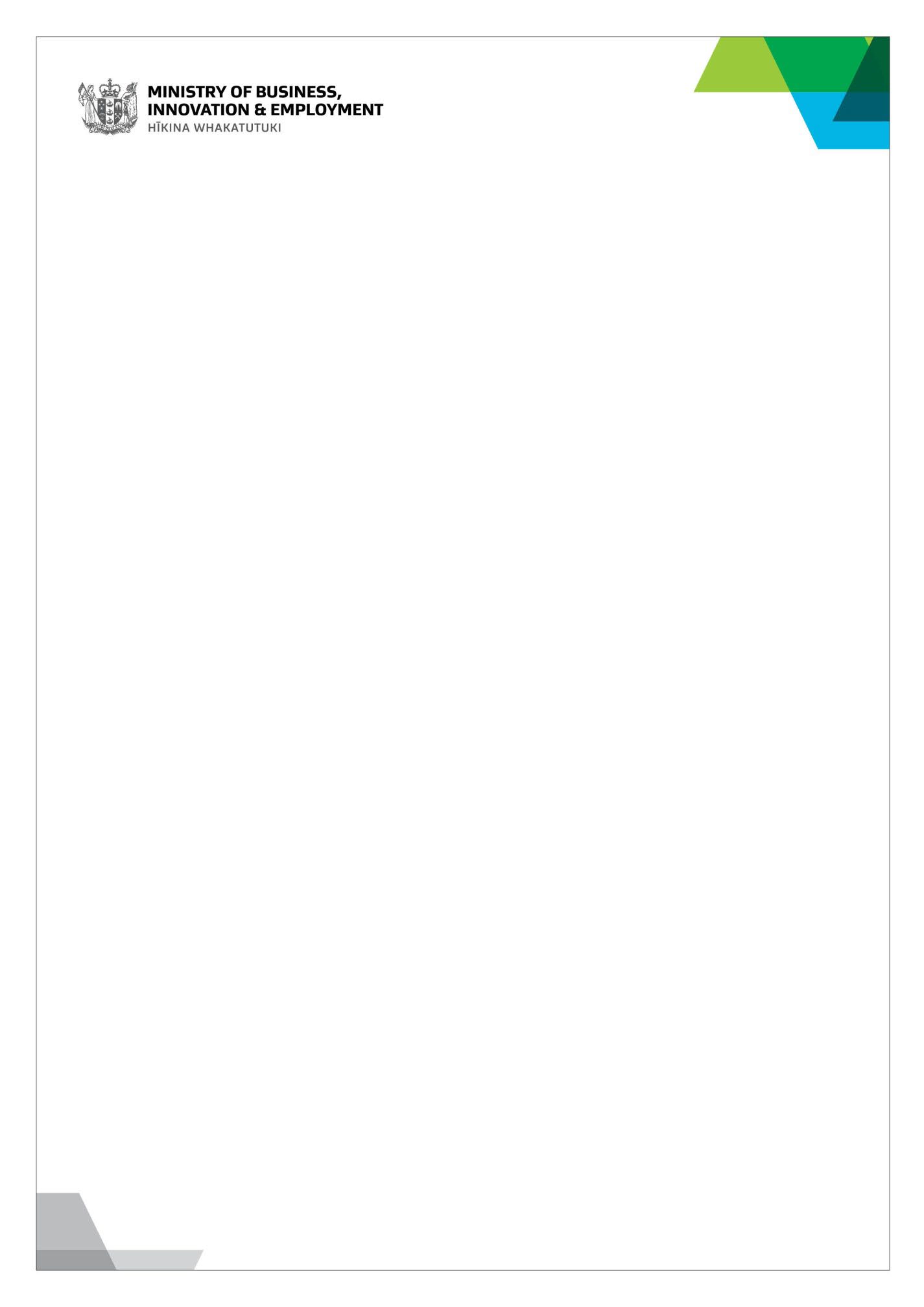
File No. DOIA 2223-0523
30 September 2022
Cody C
[FYI request #20556 email]
Dear Cody
Thank you for your email of 14 September 2022 to the Ministry of Business, Innovation and
Employment (the Ministry) requesting comment on how Radio Spectrum Management (RSM) would
interpret Section 133A of the Radiocommunications Act 1989 (the Act).
Please note, questions which require an agency to form an opinion or provide an explanation and
therefore create new information to answer a request, does not constitute official information. As such,
the Ministry will not be responding to your request under the Official Information Act 1982. RSM can
however, as the regulator, provide general guidance in response to your questions, which has been
outlined below.
1. Many aircraft now transmit digital messages using a technology known as ADS-B unencrypted and for
the receipt of any receiver nearby (aircraft or otherwise). Would s133A also apply to the recording and
sharing of ADS-B messages? Note - many individuals already share this information to flight tracking
websites, for example flightradar24.com.
[RSM] The
Radiocommunications Regulations (General User Radio Licence for Aeronautical Purposes)
Notice 2016 permits the use of Automatic Dependent Surveillance Broadcast (ADS-B) transmitters in
accordance with the applicable terms, conditions and restrictions of the notice. ADS-B is designed to
broadcast its information and may be received by any person - therefore would not fal under the
definition of s133A. The General User Radio Licence permits transmitters and receivers to operate in all
New Zealand, and as prescribed under clause 4 of the Radiocommunications Regulations 2001. The Civil
Aviation Authority (CAA) may also have rules around the operation and disclosure of its information.
2. Many ships now transmit digital messages using a technology known as AIS unencrypted and for the
receipt of any receiver nearby (ships or otherwise). Would s133A also apply to the recording and sharing
of AIS messages? Noting that many individuals already share this information to ship tracking websites,
for example vesselfinder.com.
[RSM] Th
e Radiocommunications Regulations (General User Radio Licence for Maritime Purposes)
Notice 2016 permits the use of Automatic Identification System (AIS) transmitters in accordance with
the applicable terms, conditions and restrictions of the notice. The AIS is designed to broadcast the
vessel’s identification and position and therefore would not fal under the definition of s133A. The GURL
permits transmitters and receivers to operate in all New Zealand, and as prescribed under clause 4 of
the Radiocommunications Regulations 2001. The operation must also follow all relevant rules and
regulations made under the Maritime Transport Act.
Te Whakatairanga Service Delivery
15 Stout Street, PO Box 1473, Wel ington 6140 New Zealand
E [email address]
T +64 4 472 0030
W www.mbie.govt.nz
 3. Some ADS-B & AIS tracking websites procure the above information using satel ite receivers (as
opposed to terrestrial receivers). Would s133A also apply to sattelite receivers?
3. Some ADS-B & AIS tracking websites procure the above information using satel ite receivers (as
opposed to terrestrial receivers). Would s133A also apply to sattelite receivers?
[RSM] Does not apply.
4. It is likely that the satel ite receivers would not be operated or owned by an entity in New Zealand.
Would s133A also apply in this circumstance?
[RSM] Does not apply.
5. Can you please clarify if this would mean that in any of the circumstances documented above RSM
would be more likely than not to serve an infringement notice or file a charging document?
[RSM] Does not apply.
I trust you will find this information useful.
For any further queries, please contact the RSM team at the fol owing:
https://www.rsm.govt.nz/about/contact-us/
Yours sincerely
Nathan Schaffer
National Manager, Radio Spectrum Manager
Market Integrity

